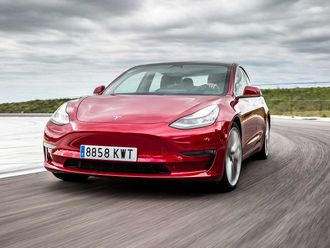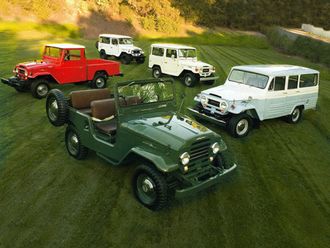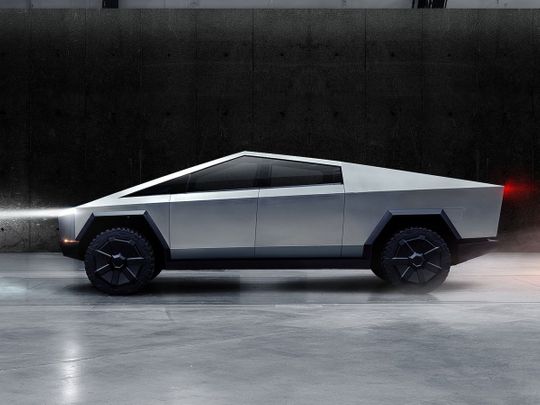
Back in November, Tesla rolled out the Cybertruck and for some, it caught the eye due to its strikingly angular design. It looked like it was straight out of Eighties sci-fi films, but, this is not anything new - wedge-shaped vehicles have been around for decades. Although some love Elon’s latest EV, others hate it. We’re reserving judgement until sometime in 2021 when the first units hit the road but, it gives us a chance to look back at several iconic-looking vehicles that may or may not have served as inspiration for Musk and co. The angular theme may be all-new to automotive novices but it actually dates all the way back to the Seventies thanks to Italdesign and many of its exotics built by some of the most famous carmakers in the world. So, if you thought the Cybertruck featured a completely revolutionary design, you’re wrong and here’s proof!
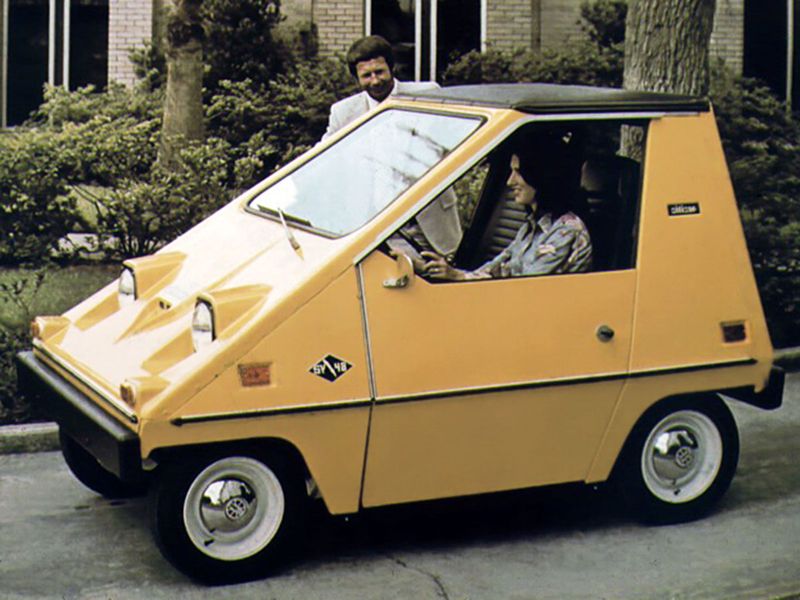
1974 CitiCar
It had two things in common with the Cybertruck – an angular design and electrification. The former may not be a big deal but the latter sure was because this little thing came out all the way back in 1974 when EVs were rare. Very, very rare. Built by Sebring-Vanguard until 1977, it was inspired by the fuel crisis at the time and sold pretty well with a total of 4,444 units built. That was the highest number of EVs assembled in North America until the Tesla Model S came along...
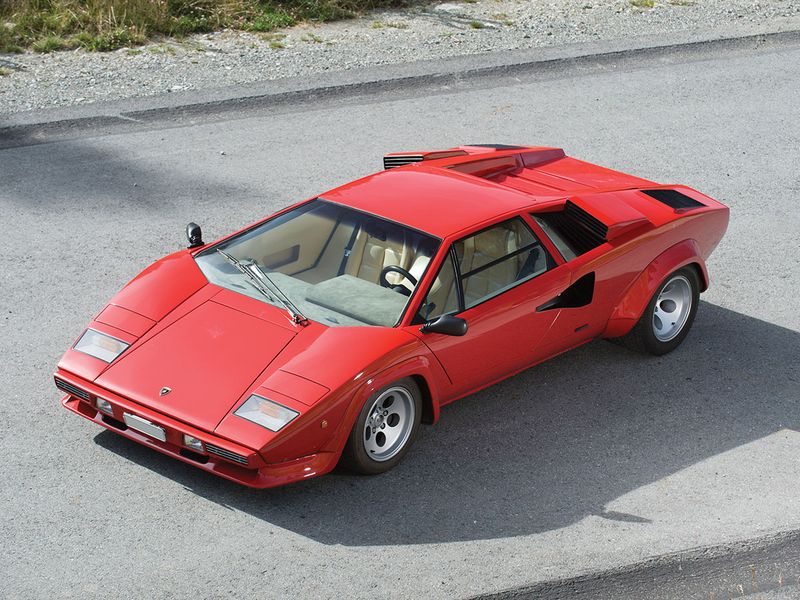
1974 Lamborghini Countach
This iconic Italian supercar premiered back in 1974 and looked otherworldly; penned by Marcello Gandini at Bertone, it left many wide eyed – and that was before the cool scissor doors opened skywards!
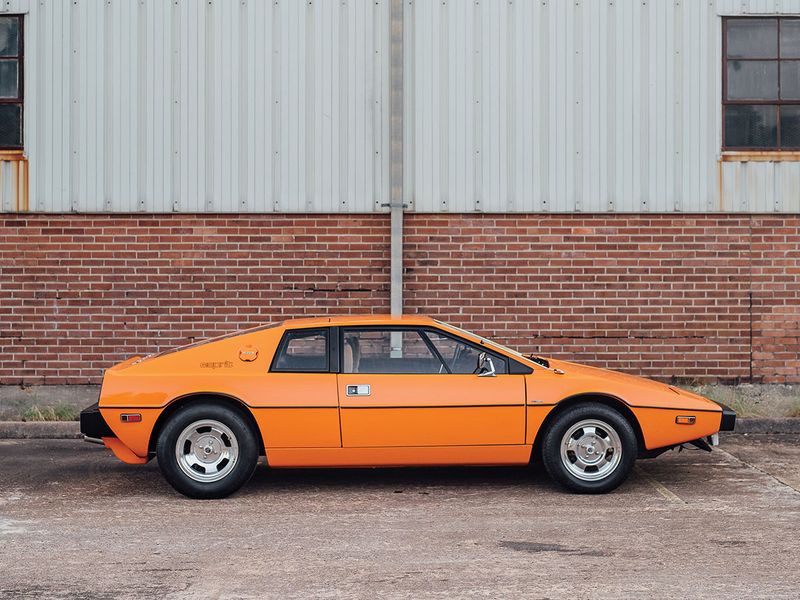
1975 Lotus Esprit
Launched in 1975, it boasted a dramatic wedge-styling which was the creation of Giorgetto Giugiaro at Italdesign. Elon Musk loved the Esprit – in fact he even wrote on Twitter that his Cybertruck was influenced by the custom-built submarine version of the Lotus in the 1977 James Bond film "The Spy Who Loved Me". Musk even went on to buy the car turned submarine back in 2013.
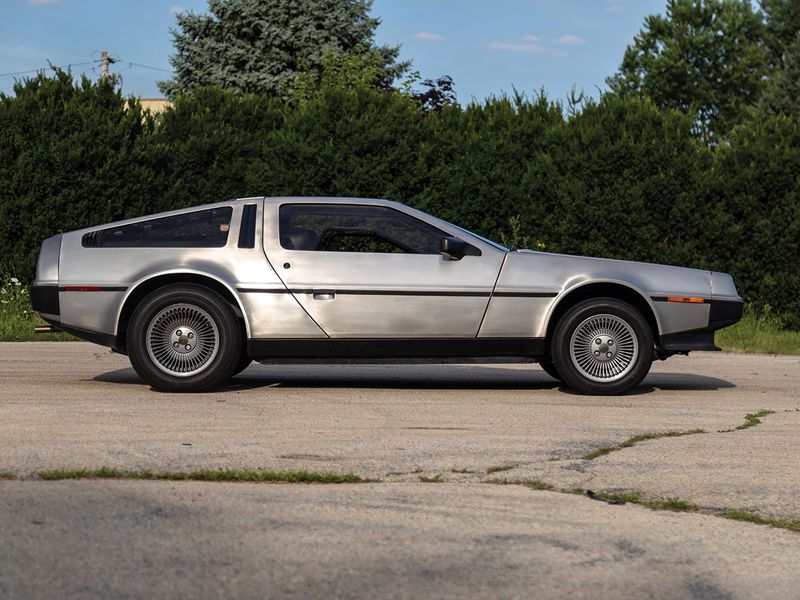
1981 DeLorean DMC-12
Best described as a successful failure, it was the creation of former General Motors head honcho John Z. DeLorean. Due to mismanagement, financing from a drug deal gone awry, and inexperienced Irish factory employees, it faced major problems from the start but the stainless steel-bodied car, a creation of Giorgetto Giugiaro at Italdesign, was simply gorgeous. It grew even more popular thanks to the Back to the Future franchise.
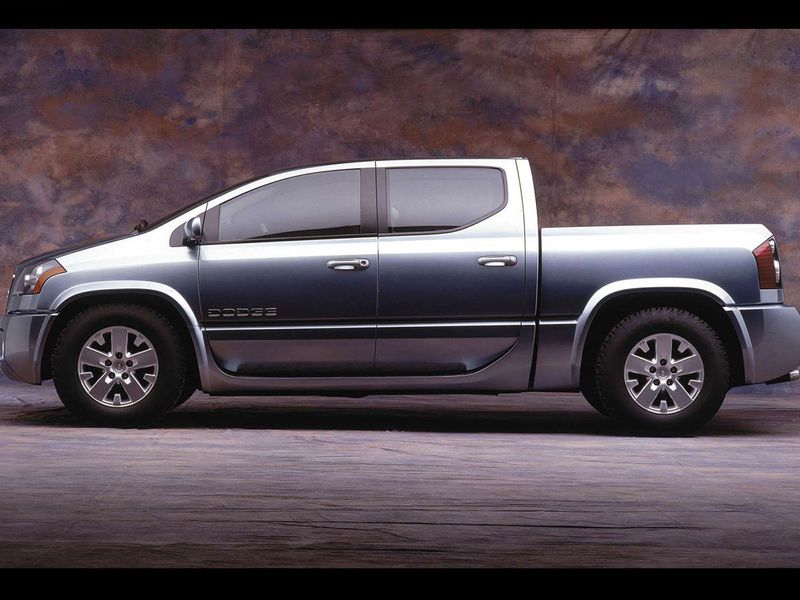
2000 Dodge Maxx Concept
Shown at the 2000 Detroit Auto Show, it was hailed as a "Passenger Priority Truck" and featured unusual proportions what with its shortened bed and "cab forward" design. Maybe not as radical-looking as the Cybertruck, but it sure upset and angered true truck folk…

2006 Honda Ridgeline
The first-generation model sure got people talking because it didn’t even look like a pickup! Apart from the radical styling, there was no traditional body-on-frame chassis either (and it had a segment-first fully independent suspension). In spite of its unusual inclined profile and weirdly shaped rear windows, it lasted until 2014 and was a sales success.






